Enhancement of High-Resolution 3D Inkjet-Printing of Optical Freeform Surfaces Using Digital Twins
Inkjet is a well-established technology that has been applied in various applications ranging from graphical printing to functional material printing in two or threedimensional objects. The technology has many advantages over traditional manufacturing techniques such as being a simple process and allowing reduction of waste materials and scalability.
Exploring Inkjet Printing for New Application Fields
Since it was first developed some time ago, much foundational research in this area has already been completed, though it is attracting attention again thanks to the recent trend of applying this technology in the display industry. Inkjet is actually a collection of technologies in design, fabrication, operation, and resin manufacturing and applications, and there are many unresolved challenges in each of the many areas. Inkjet can be successfully applied to even more fields only when unsolved problems are resolved through the active participation of numerous researchers.
Optical 3D Printing
3D inkjet printing is beginning to take off in the optical field. Advantages of this technique include its fast, flexible and cost-efficient additive fabrication without upfront tooling costs. Whereas there are still some challenges preventing the real breakthrough of 3D inkjet-printing for broad usage in multi-market optics applications, rapid prototyping of custom optics utilizing digital fabrication technologies for novel concept validation is very interesting and got widely adopted over the last decade.
In a recent publication by the Karlsruhe Institute of Technology (KIT), the formulation of a digital twin by the enhancement of an optical model by integrating geometrical measurement data was presented. This approach strengthens the high-precision optical 3D printing process to fulfill optical precision requirements and is a great manifestation of deep-going and thorough research by valued KIT researchers in the field of inkjet processes.
Additive Fabrication of Freeform Optics
In the study, a process flow between the design of freeform optics components, fabrication by inkjet printing, the geometrical measurement of the fabricated optical surface, and the feedback of the measurement data into the simulation model was developed, and its interfaces were defined. The evaluation of the measurements allowed for the adaptation of the printing process to compensate for process errors and tolerances.
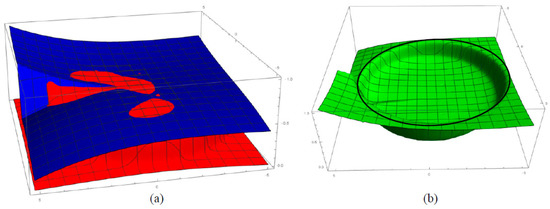
Figure: Measuring window (a) and superelevated 3D-plot of the 210 measurement profiles (b). Image courtesy of KIT/Micromachines.
Furthermore, the performance of the manufactured optical component itself was simulated and compared with the nominal performance, and the enhanced model could be used for sensitivity analysis. The method was applied to a highly complex helical surface that allowed for the adjustment of the optical power by rotation. In the research it is shown that sensitivity analysis could be used to define acceptable tolerance budgets of the process.
The abstract of the original research and paper can be viewed and downloaded via the MDPI website.
A paper by Ingo Sieber 1, Richard Thelen 2 and Ulrich Gengenbach 11 – Institute for Automation and Applied Informatics, Karlsruhe Institute of Technology, Hermann-von-Helmholtz-Platz 1, 76344 Eggenstein-Leopoldshafen, Germany
2 – Institute of Microstructure Technology-KNMF, Karlsruhe Institute of Technology, Hermann-von-Helmholtz-Platz 1, 76344 Eggenstein-Leopoldshafen, Germany

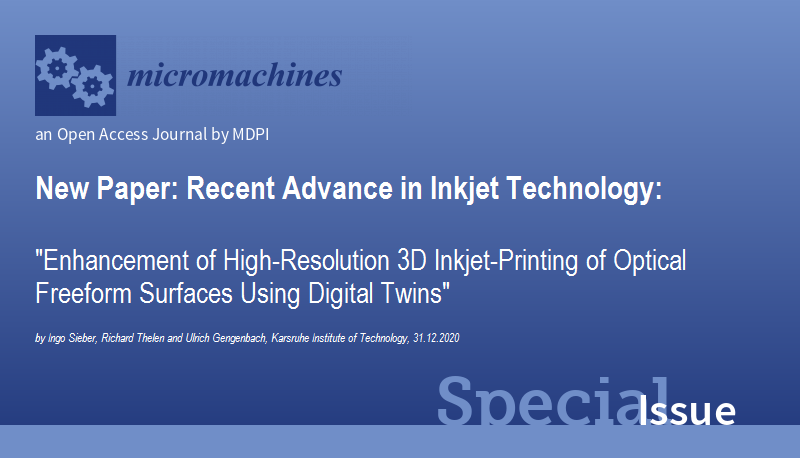
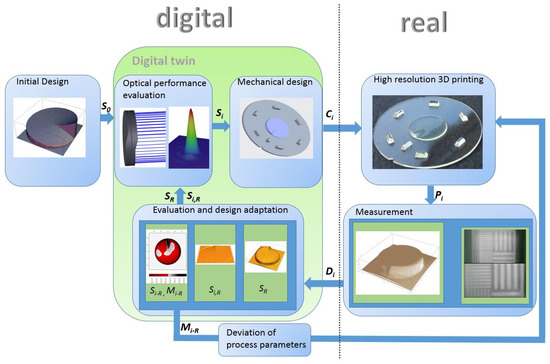
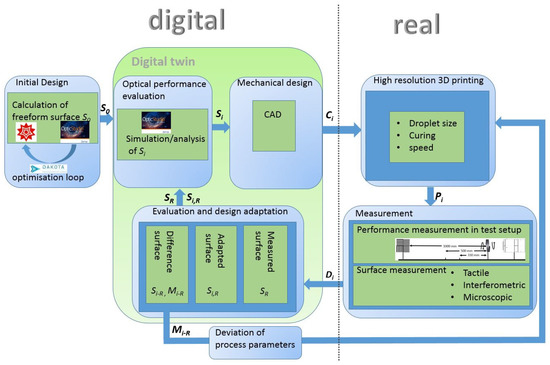
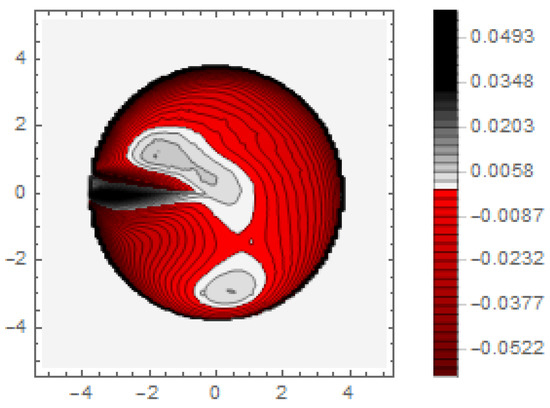
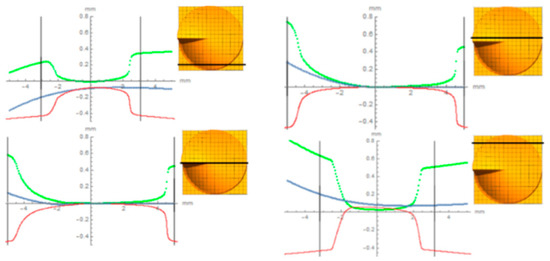
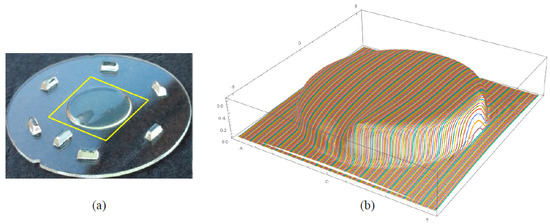



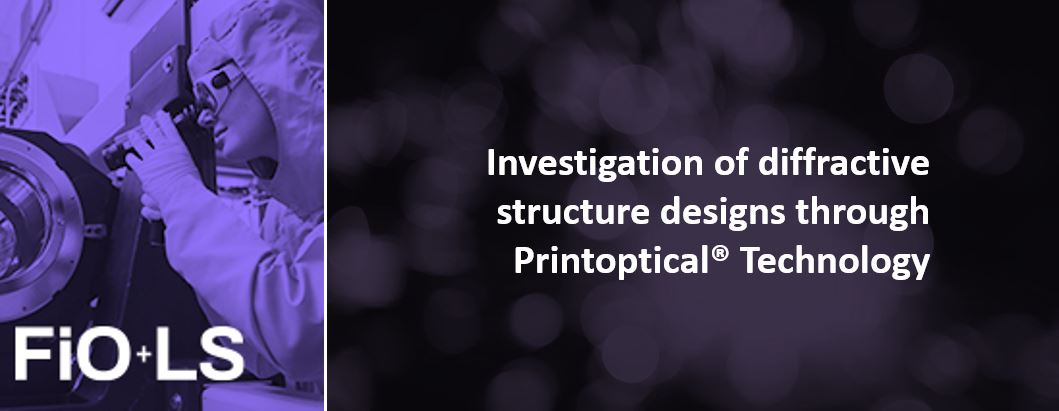
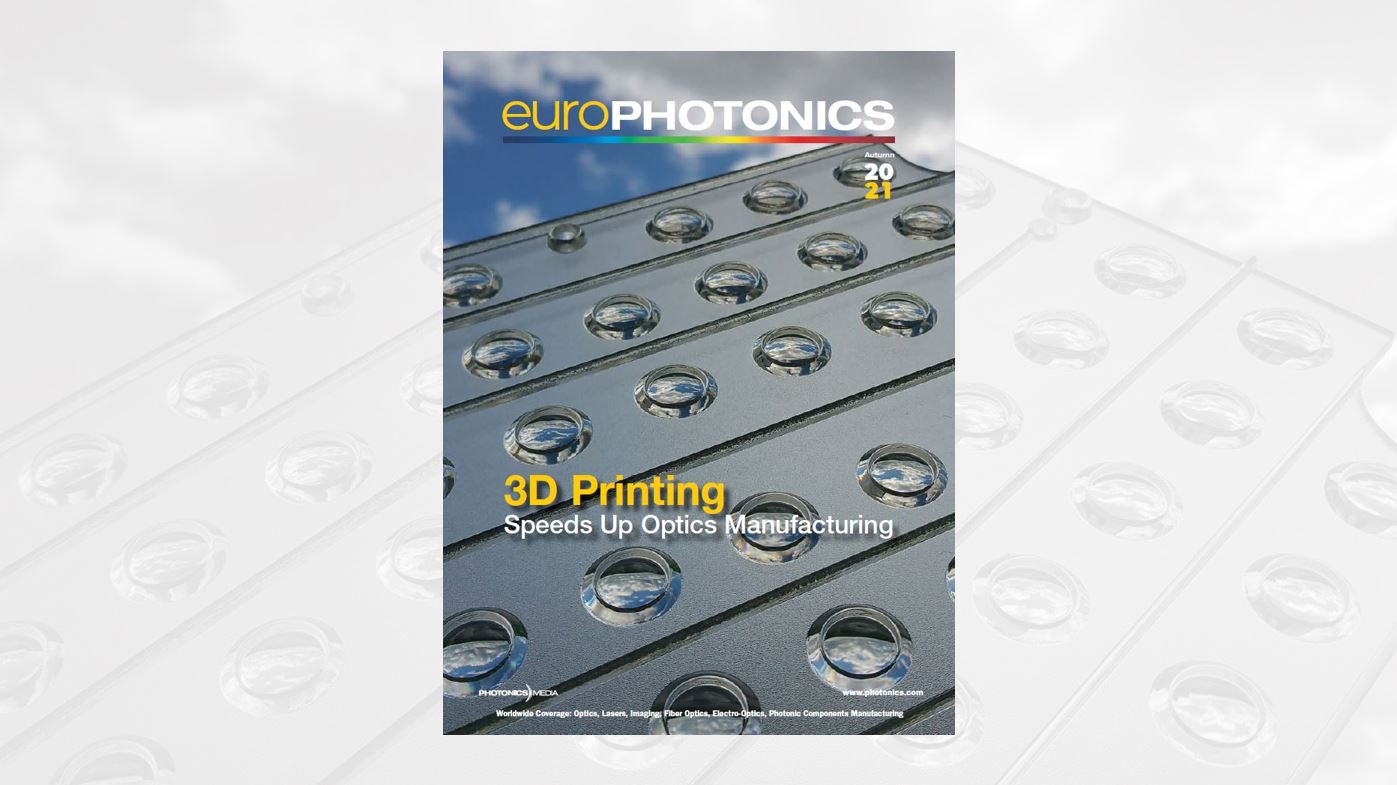
![3D printen een van de 5 trends in de kunststoffenindustrie [NL]](https://www.luximprint.com/wp-content/uploads/2021/09/Luximprint_3D-Print-Magazine_Article-Kunststoffenbeurs-2021.jpg)











